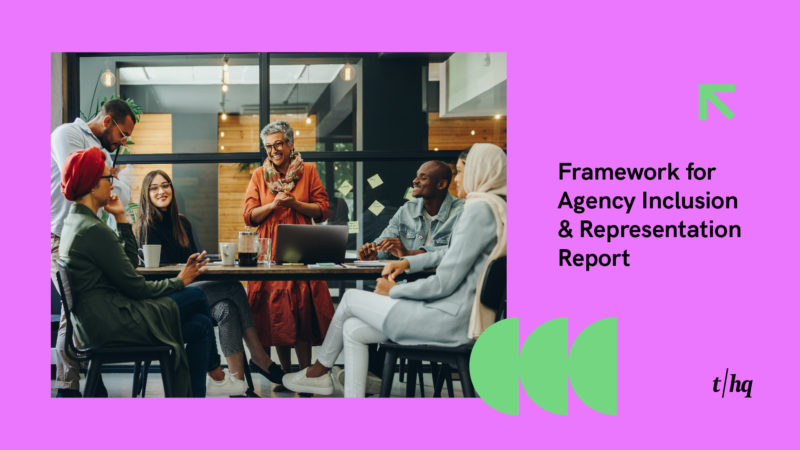Comms industry must move beyond tokenistic diversity: Industry leaders weigh in on Think HQ’s FAIR report
Despite relevant considerations in the recruitment process, in-house communications professionals find inherent biases, lack of knowledge, and tokenistic approaches to diversity still persist, according to Think HQ’s 2022 Framework for Agency Inclusion and Representation (FAIR) survey.
The study includes in-depth interviews with nine senior communication leaders and a survey with 156 respondents, compiled by RMIT University Honorary Fellow Dr Marianne Sison.


